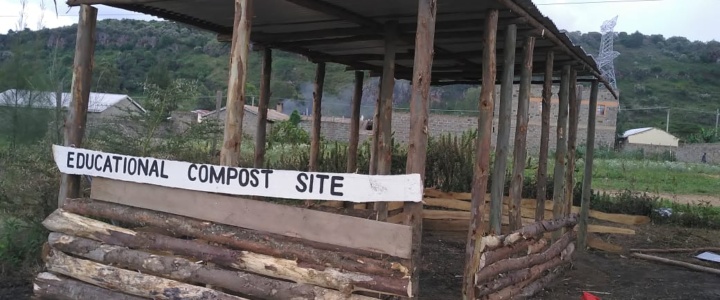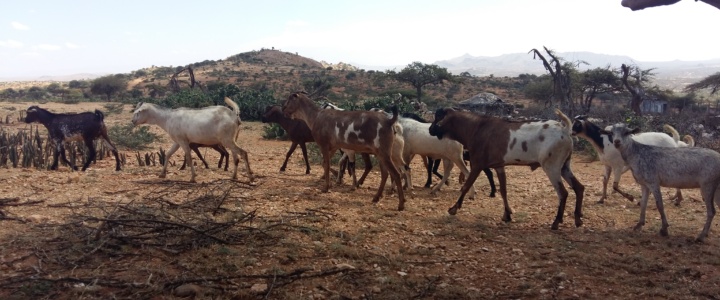A quick update on happenings at Naivasha Highway Primary School in Kenya. Covid has set us back a tiny bit but Elizabeth Wanjiru (Liz) and team have been back to work! The school now has a brand new, beautiful compost bin! The school staff is incredibly excited! Each phase of the project is helping to get the school closer to self-sustainability. The plan is for it to be a model for other schools.
Here’s a word from Liz: “Actually the idea (for the compost bin) came at a perfect time where people (the school) are very conscious of how to dispose and make use of what they produce! And make use of the end product by puting it into their school garden. By the way another good and beautiful news is the teachers took advantage of the vast school area and they are doing farming in there. They’re growing peas, potatoes, nightshades,and many more!”
Regarding the permaculture system, Liz says, “the school is also happy with the permaculture system since a lot now is coming to making sense – the principal of interconnection is clearly seen – though we don’t stop here, hopefully. We look forward to improving the system as we go on.”
“Just excited that despite covid, as a team we managed to make some progress with the school on the first water tank where its really helping the school since a lot of water is being used to adhere to covid measures and now we also have the educational compost bin! Still hopeful for more upgrades for this systems bearing in mind this is our permaculture model site for other schools and communities!”
Next up, we’ll continue raising funds for a second water tank. You can check out the fundraiser here





